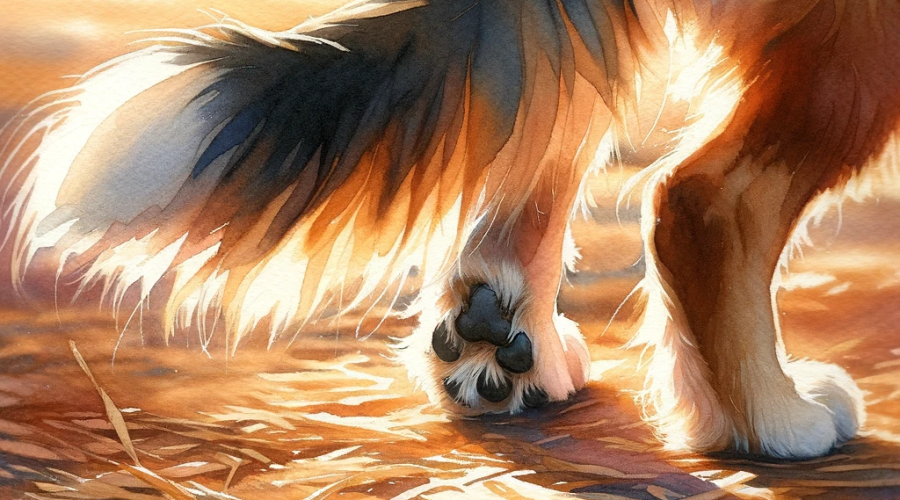The Language of Canine Tails
Are you puzzled by your dog’s tail wagging? It’s not just a happy dance; it represents an entire language that needs decoding. So, let’s dive into the captivating world of canine communication and unravel the tales of the tails.
A wagging tail doesn’t always signify a happy dog. It’s a common misconception that tail wagging is a surefire sign of a joyful pup, but that’s not always the case. Dogs wag their tails as a form of communication, and different wags can mean different things. The speed, direction, and height of the wag all play a part in the message being conveyed.
A low wagging tail often indicates fear or submission, whereas a high, stiff wag can signal aggression. It’s essential to understand the context and other body language cues. For instance, if your dog’s ears are pulled back or if they are growling, the high wag is more likely to mean they are feeling threatened rather than excited.
Pay attention to the speed of the wag too. A fast wag usually suggests an excited dog. However, a slow wag, especially with a high tail, can be a sign of caution or uncertainty. It’s like your dog is saying, “I’m not sure about this.”
The direction of the wag also matters. Research suggests that dogs wag their tails to the right when they’re happy or confident, and to the left when they’re scared or anxious. It’s a subtle difference, but one that can help you better understand your pooch’s feelings.
Decoding your dog’s tail wag is like learning a new language. It involves understanding different signals and interpreting them in the context of other body language and the situation at hand. It’s not always straightforward, but with time and observation, you can become fluent in tail wagging.
A wagging tail is more than just a sign of a happy dog. It’s a complex form of communication that can signal a range of emotions from fear and anxiety to excitement and contentment. The key is to pay attention to the direction, speed, and height of the wag, along with other body language cues.
Understanding your dog’s tail language can significantly improve your relationship with your pet. It allows you to respond appropriately to their emotions and needs, making for a happier, healthier dog. So, the next time your furry friend starts wagging their tail, take a moment to decode the message they’re trying to convey.

